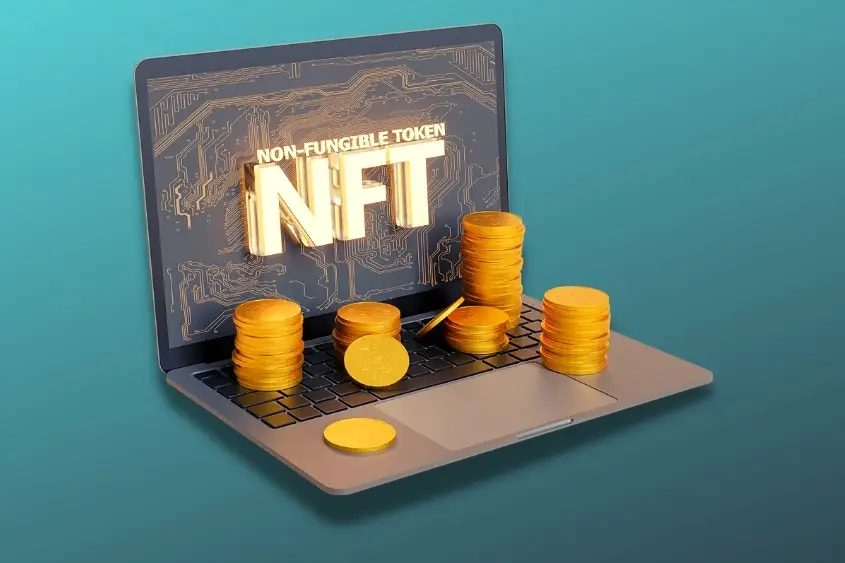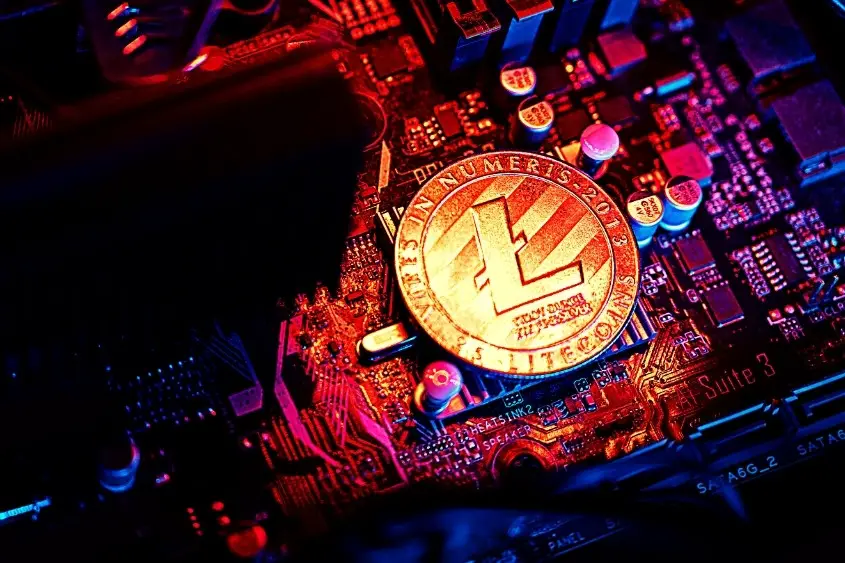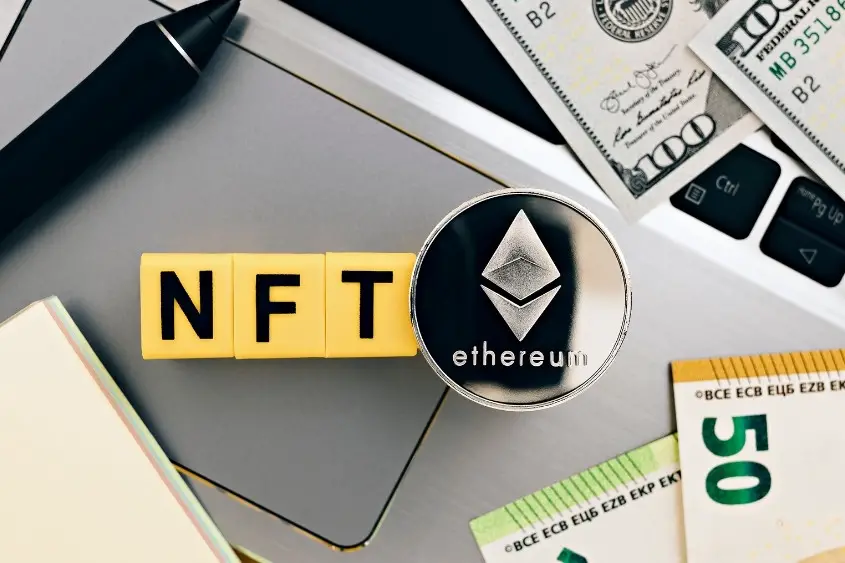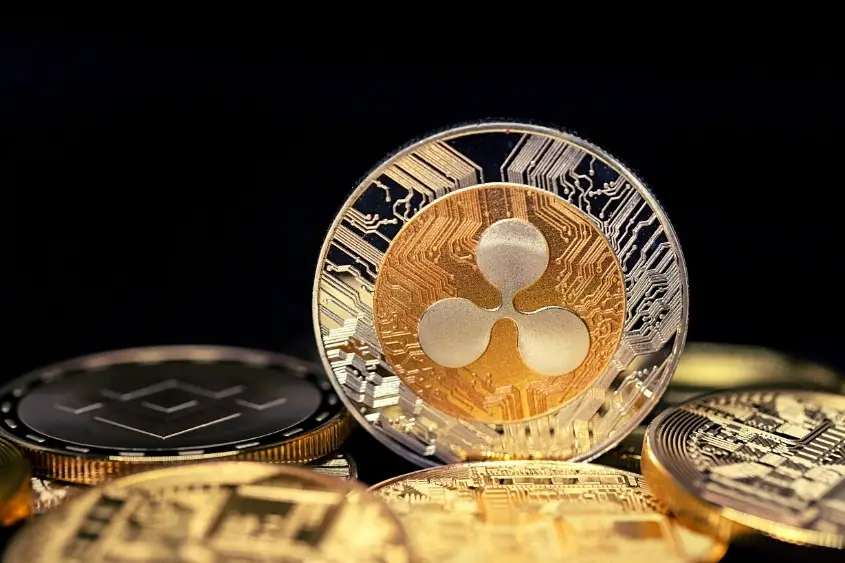NFTs can seem to many very much like offshoots of the cryptocurrency industry. To some extent, this is perfectly understandable, in that both types of resources exist entirely in digital space. At the same time, however, there are key differences between them.
Cryptocurrency is a form of virtual currency that is commonly used to buy, sell, and trade NFTs on the blockchain. They allow us to calculate the value of NFTs in fiat money and their returns over time. Additionally, crypto can be created and utilized by NFT projects to support an NFT’s ecosystem.
Although cryptocurrencies and NFTs coexist, there is still much to discuss regarding how crypto and NFTs live together in the digital ecosystem of Web3.
How do cryptocurrencies factor into NFTs?
These differences have been most helpfully outlined at Interesting Engineering, where the following amusing but apt characterization is given: NFTs and cryptocurrencies are “as much alike as humans and chimpanzees,” in that they are “completely different species with common ancestry.”

The common ancestor is blockchain technology, which remains at the foundation of cryptos and NFTs alike. While cryptos exist as fungible tokens in this arena—meaning that individual tokens of given crypto are interchangeable—NFTs are by definition non-fungible (the abbreviation itself standing for “non-fungible token”). This means, essentially, that individual cryptos are not unique, but each NFT is.
For those who may be new to the NFT space and understandably baffled at what goes on there, this simple difference goes a long way in explaining things. It clarifies why a given piece of NFT artwork can sell for a significant amount of money; while the image itself can be copied, the data is unique, and not interchangeable with copied versions. It is thus verifiable as an original work.
While one Bitcoin is the same as another Bitcoin, one “Bored Ape” NFT image is not the same as another, seemingly identical “Bored Ape.”
Despite this clear difference that distinguishes NFTs as their own class of digital assets, however, there are still roles for crypto to play in the NFT world. Indeed, while no cryptocurrency is in and of itself an NFT, these digital currencies and blockchain networks they operate on factor into the market in a number of ways.
The clearest example to those who have begun to explore NFTs is perhaps that of MANA—the crypto token associated with the metaverse game Decentraland. In this game, players can purchase LAND and ESTATE tokens, which are NFTs representing in-game property. They make those purchases, however, with MANA.
NFT’s roles in popular cryptocurrencies
While that example illustrates an easy way in which cryptocurrency and NFTs can be linked, the connections are not always so direct. So below, we’ll look to clarify some of the crossover (or lack thereof) where some of the most common and established cryptocurrencies are concerned.
Bitcoin
Somewhat surprisingly, Bitcoin actually has relatively little to do with NFTs. The NFT world is built largely on the foundation of the Ethereum network (which we’ll speak to more below) and does not have a need for any specific Bitcoin function.

Furthermore, because the Bitcoin network is built specifically to support Bitcoin transactions—rather than a wider range of data transfers—it is not actually equipped to support other assets or new marketplaces in a direct fashion.
With that said, there are some indirect ways in which Bitcoin is (perhaps inevitably) involved in the NFT world. Notably, there are some blockchains that, despite comprising their own separate networks, make use of Bitcoin to settle transactions. Stacks is a primary example in this regard, and this blockchain is equipped to support NFT transactions and markets.
Accordingly, there are some NFT marketplaces (like Boom and StacksArt) that make use of Stacks for the creation of individual NFTs. Bitcoin, in these specific cases, is thus essential to NFT creation, verification, and sales.
Ultimately it appears that through examples like this, and third-party blockchains like Stacks, there will be a Bitcoin-driven NFT marketplace of sorts moving forward. However, this is unlikely to be the main NFT marketplace.
Litecoin
On the surface, Litecoin may seem like an even less likely partner for NFT markets than Bitcoin. As explained above, Bitcoin is not in itself equipped to support NFTs. And historically speaking, the main purpose of investing in Litecoin has essentially been to buy into a quicker version of Bitcoin better suited to small transactions.

Litecoin is literally a fork of the Bitcoin technology, and operates in the same fashion, with the same applications. The only fundamental difference is that Litecoin is designed to make transactions faster (the initial idea being that it would make peer-to-peer crypto transfer more feasible).
As you can see, nothing that differentiates Litecoin from Bitcoin specifically makes it better suited to NFT adoption or support. However, the adoption of OmniLite in 2021 has changed things in this regard and turned Litecoin into a platform that does have some overlap with the NFT world.
OmniLite is essentially an evolution of the Omni protocol, which was once a “secondary layer on the Bitcoin blockchain” (as well as the protocol on which the stablecoin Tether was first launched).
This new version is designed as an extension of the Litecoin network and will allow users to create NFTs and other digital tokens –– with related transactions being recorded on the Litecoin blockchain. In effect, this means that through OmniLite, the Litecoin network does now support NFTs.
Ethereum
When it comes to crossover between the respective worlds of cryptocurrency and NFTs, Ethereum is essentially the big name to know. Indeed, we’ve identified Ethereum as a “metaverse cryptocurrency” before, and explained that Ethereum “has the most significant number of NFT users and games compared to all other blockchains available.”

The bottom line is that Ethereum remains the premier blockchain for the creation of smart contracts and original digital applications. We mentioned above that the Bitcoin network was designed specifically for the transfer of Bitcoin; by contrast, Ethereum was designed for the transfer of digital assets, without specific restrictions on what those assets can be.
It has thus become a platform for creation, and thus the primary blockchain upon which the emerging NFT world is based. By extension, Ethereum’s ETH token (which is used to run applications, process transactions, and drive purchases) is very closely tied to NFTs.
Ripple
It is also important to mention Ripple, in part because it is often mentioned in the same breath as Ethereum (less because the two are directly competitive, and more because both have been viewed at times as having long-term potential to rival Bitcoin).

Ripple, fundamentally, is designed to simplify enterprise transactions, and specifically to facilitate cross-border payments with ease. However, it is an adaptable network to fresh enterprise solutions, to some degree, and it has recently taken its first steps into the NFT world.
Specifically, it was announced by Ripple this past March that the Ripple Creator Fund would be taking on its first NFT projects. Marketplaces NFT PRO, Ethernal Labs, and OnXRP, in particular, have joined with Ripple in an effort to “deliver a faster, low-cost and carbon-neutral NFT experience for their users.” This effectively means that Ripple has made strides toward becoming a supporting network for competitive NFT marketplaces.
Final thoughts
The cryptocurrencies listed above are not the only ones that overlap with the NFT world, but they do represent some of the most common cryptos that factor in. What’s clear is that despite the fundamental differences between cryptos and NFTs, the people behind leading cryptocurrencies, blockchains, and third-party networks are interested in building NFT functions.
Moving forward, there is every reason to believe that the connections will only increase, and we’ll continue to see major cryptocurrencies becoming involved in NFT markets in a variety of ways.

1 thought on “How Do Cryptocurrencies Factor Into NFTs?”
Comments are closed.